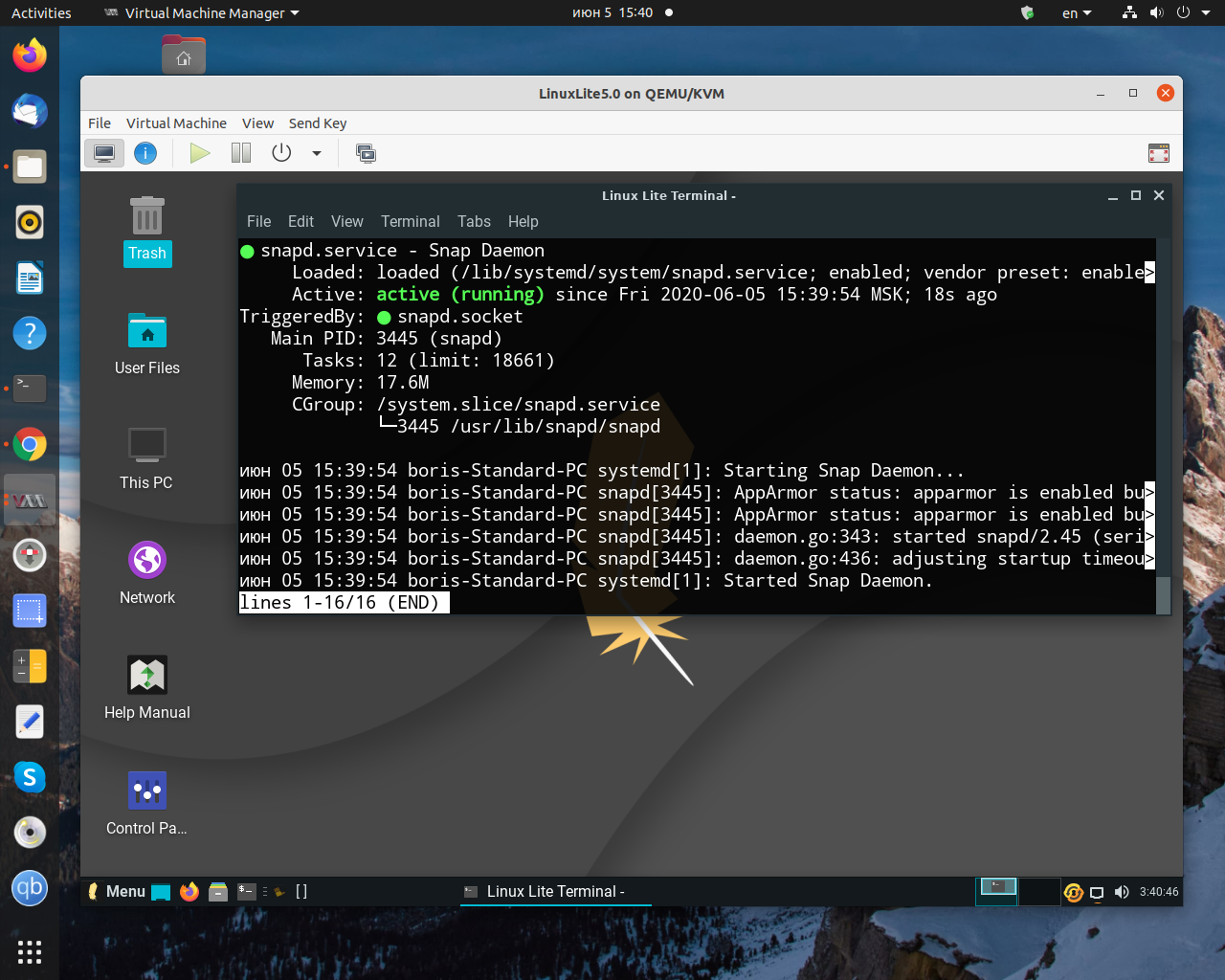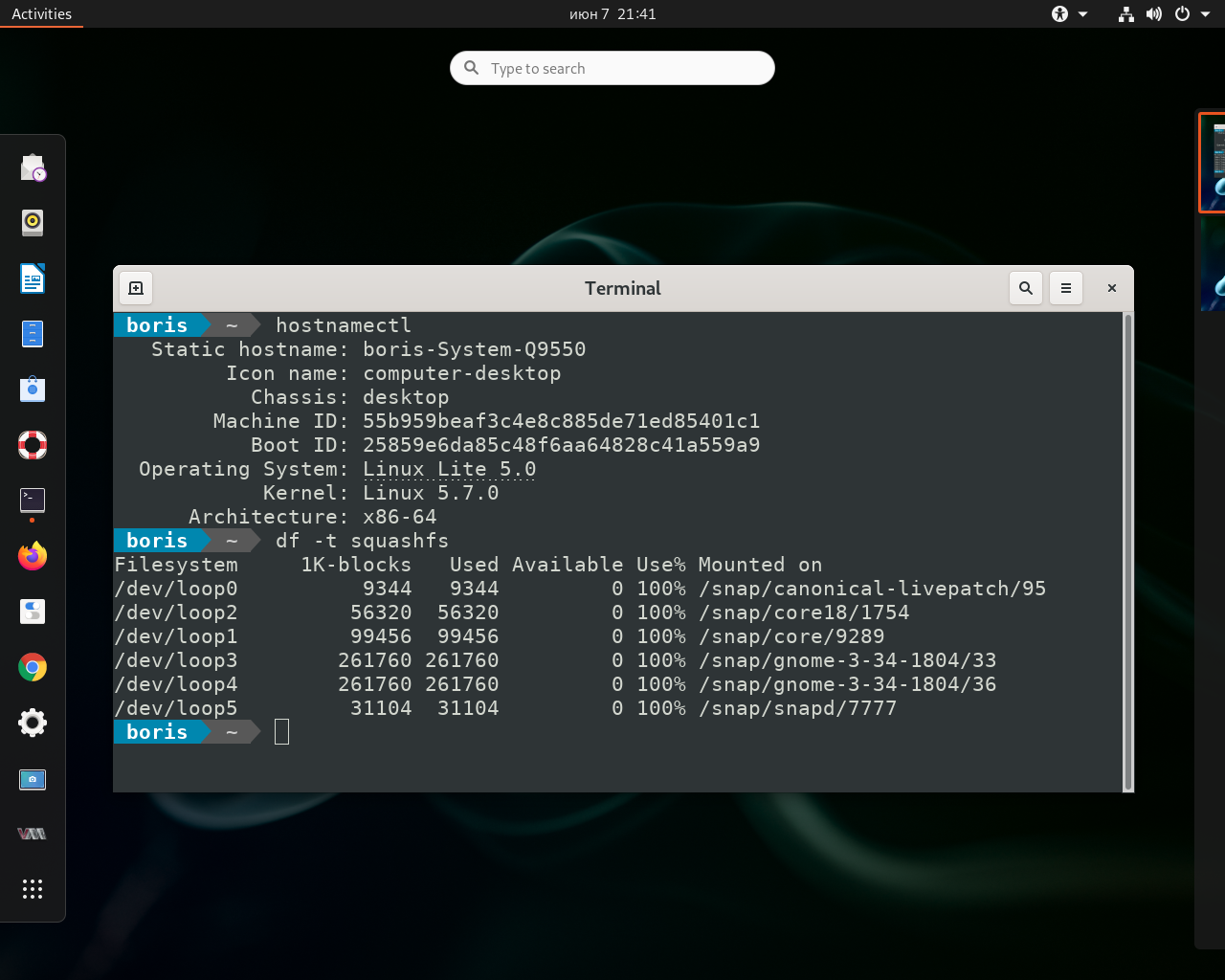Adobe Photoshop 2020 v21.0.0.37. Adobe Photoshop 2020, the industry standard for digital image processing and editing, delivers a comprehensive package of professional retouching tools, and is packed with powerful editing features designed to inspire. Photoshop 2020 torrent for mac high sierra.
I recently had to help setting up an image build environment for UbuntuCore images for someone who only allows docker as infrastructure.
Docker Snapd
When wanting to build an image from a blessed model assertion for i.e. the pi2, pi3 or dragonboard you need to use the “snap known” command (see below for the full syntax) to download the canonical signed assertion. The snap command requires snapd to run inside your container. To build images we need to use ubuntu-image which is also provided as a snap, so we not only want snapd to run for the “snap” command, but we also want the container to be able to execute snaps we install. After quite a bit back and forth and disabling quite a few security features inside the container setup, i came up with https://github.com/ogra1/snapd-docker which is a simple build script for setting up a container that can execute snaps.
Installing snapd. Snappy was introduced with Ubuntu 16.04, so if you’re running that version or later, you’re already good to go. On our machine, Snappy was installed on Manjaro 18.04, but we had to install it on Fedora 31. Snap is both the name of the package files and the command you use to interact with them. Lxd/lxc and Docker aren't congruent so this comparison needs a more detailed look; but in short I can say: the lxd-integrated administration of storage including zfs with its snapshot capabilities as well as the system container (multi-process) approach of lxc vs. The limited single-process container approach of Docker is the main reason I chose lxd over Docker.
I hope people needing to use docker and wanting to use snaps inside containers find this helpful … pull requests for improvements of the script or documentation will be happily reviewed on github.
Here the README.md of the tree:
Docker Vs Snapd
Create and run a docker container that is able to run snap packages
This script allows you to create docker containers that are able to run and
build snap packages.
WARNING NOTE: This will create a container with security options disabled, this is an unsupported setup, if you have multiple snap packages inside the same container they will be able to break out of the confinement and see each others data and processes. Use this setup to build or test single snap packages but do not rely on security inside the container.
Examples
Creating a container with defaults (image: snapd, container name: snappy):
If you want to create subsequent other containers using the same image, use the –containername option with a subsequent run of the ./build.sh script.
Installing and running a snap package:


This will install the htop snap and will show the running processes inside the container after connecting the right snap interfaces.
Docker Snapdragons
Building snaps using the snapcraft snap package (using the default “snappy” name):
Install some required debs, install the snapcraft snap package to build snap packages, pull some remote branch and build a snap from it using the snapcraft command.

Building an UbuntuCore image for a RaspberryPi3:
Snapdrop Docker-compose
Install some debs required to work around a bug in the ubuntu-image classic snap, install ubuntu-image, retrieve the model assertion for a pi3 image using the “snap known” command and build the image using ubuntu-image. Can't find macos sierra in app store.
